Reading Nancy Bo Flood’s insightful Water Runs Through This Book spun me back to a delightful memory of my classroom teaching experience I enjoyed years ago. We had scheduled an environmental agency in Dallas to present a half-day workshop session. Their mission was to teach water conservation, which sounded like a fine way to spend the better part of the morning. As it turned out, their program was unforgettable!
The group brought a game with them, an interactive one that had the kids hopping all around the room like raindrops on a rooftop. The game was chaotic and engaging and FUN! I had a blast and the kids did, too.
Flood’s book reminded me of the game we played, a game illustrating the agelessness of the water molecule. That day we learned that one molecule of water can transform from being a snowflake, to a dinosaur’s dribble, and then show up shooting itself out of a water hose! How cool is that?
An adaptation of that incredible game, and a few other activities, are included in the Project and Activity Guide created to compliment the fascinating facts featured in Water Runs Through This Book. Ultimately though, what makes this book a must-read is Flood’s blend of factual data with her signature poetic touch – a combination that will keep young readers deliciously engaged in the miraculously wondrous world of water for eternity and beyond.
Buy it. Read it Enjoy it. Fair warning, though. Keep your umbrella close by. You just might need it.





